DHI
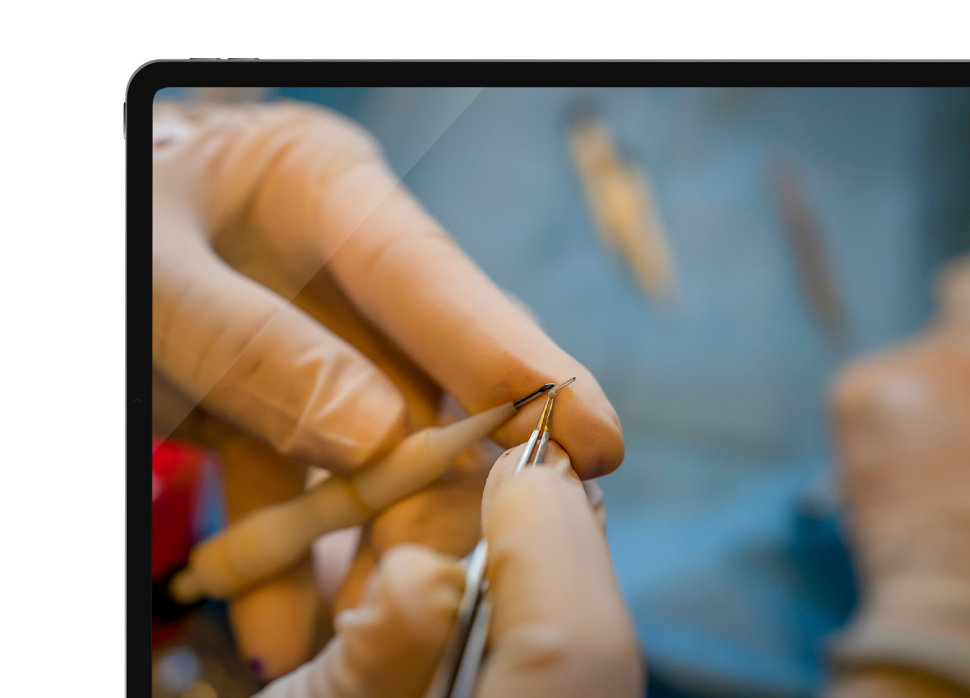
DHI (Direct Hair Implantation)
DHI (Direct Hair Implantation) is not a new technique. In fact, it’s an improved version of FUE hair implantation, encompassing the same procedural steps and outcomes. In a FUE hair transplant, the doctor creates channels over the recipient area using sapphire blades and places the grafts into the opened channels. In contrast, the DHI method employs a tool resembling a ballpoint pen to insert the grafts into the recipient area without creating any channels. This tool is called the Choi pen.Let us examine the process of DHI. A DHI hair transplant is performed using a Choi pen during implantation. This compact device, shaped like an interlocking ballpoint pen, has an outer Teflon coating and is designed to withstand temperatures of up to 130 degrees Celsius. The needle at the end of the pen is used to place the grafts. The needle resembles an injector but is vertical, with serrated endpoints. The serrated ends are designed in this way to facilitate the placement of hair grafts into the needle prior to the transplant.TIn the DHI hair transplant technique, 4 to 6 Choi pens are used, classified by color into red, blue, and white, according to the graft sizes, which are categorized as thick, medium, and thin. This method consists of three main stages:
Stage One: Hair Follicle Extraction
The process begins by identifying the donor area, usually located at the back or sides of the scalp, where hair follicles are more resistant to shedding. A precise device called a micro motor is used to extract individual hair follicles without causing large wounds or visible scars. Each follicle is carefully extracted to preserve its integrity and ensure its effectiveness for transplantation.
Stage Two: Follicle Preparation and Preservation
Immediately after extraction, the follicles are placed in a specialized medical solution designed to maintain their vitality and activity. This solution helps reduce dehydration and increases the chances of a successful transplant. The follicles are then sorted based on the number of hairs per follicle (e.g., single, double, or multiple hairs). This classification aids in meticulous planning of the transplantation, ensuring the most suitable follicles are selected for each scalp area, considering hair density and natural appearance.
Stage Three: Loading Follicles into Choi Pens and Implantation
The follicles are transferred from the solution into the Choi pen, a specialized tool equipped with a very fine needle at its tip. A trained team carefully loads each follicle into the needle, taking great care not to damage the follicles during the process. The specialist then implants the follicles directly into the target areas, inserting the needle at precise angles and depths to guarantee natural hair growth direction. Each follicle is implanted individually, and gentle pressure on the pen helps insert the follicle smoothly into the skin without the need for large incisions or cuts on the scalp. This procedure is repeated until the desired number of follicles are implanted, achieving a natural and uniform coverage of the bald areas. It is crucial to highlight that, as with any procedure, a DHI hair transplant should be performed by a qualified expert to ensure that each follicle is placed at the correct angle, depth, and direction for natural-looking results. Apart of that to minimize the risk of complications like infection or scarring.
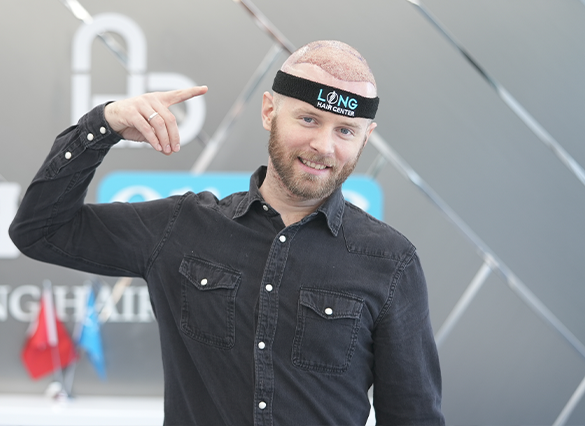
DHI (Direct Hair Implantation)
DHI (Direct Hair Implantation) is not a new technique. In fact, it’s an improved version of FUE hair implantation, encompassing the same procedural steps and outcomes. In a FUE hair transplant, the doctor creates channels over the recipient area using sapphire blades and places the grafts into the opened channels. In contrast, the DHI method employs a tool resembling a ballpoint pen to insert the grafts into the recipient area without creating any channels. This tool is called the Choi pen.Let us examine the process of DHI. A DHI hair transplant is performed using a Choi pen during implantation. This compact device, shaped like an interlocking ballpoint pen, has an outer Teflon coating and is designed to withstand temperatures of up to 130 degrees Celsius. The needle at the end of the pen is used to place the grafts. The needle resembles an injector but is vertical, with serrated endpoints. The serrated ends are designed in this way to facilitate the placement of hair grafts into the needle prior to the transplant.TIn the DHI hair transplant technique, 4 to 6 Choi pens are used, classified by color into red, blue, and white, according to the graft sizes, which are categorized as thick, medium, and thin. This method consists of three main stages:


The DHI method comprises the following steps:
1-Hairline design.
2-Anesthesia.
3-Extraction of the grafts.
4-Implantation of the grafts using Choi pens.
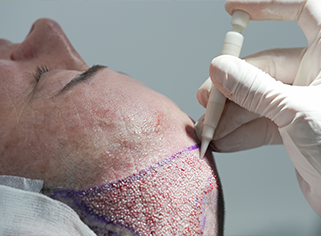

Advantages:
Accurate Placement of grafts: DHI allows for precise control over the angle, direction, and depth of hair follicle implantation, resulting in a natural-looking hairline.
Least Invasive: DHI involves minimal handling of grafts and doesn't require creation of channels on recipient areas beforehand.
No Scalpel: The DHI technique doesn't involve scalpels, leading to less scarring and a faster recovery time.
Higher Graft Survival: Because grafts are implanted immediately after extraction, their survival rate can be higher compared to techniques where grafts are stored before implantation.
Suitable for Various Hair Types: DHI can be used for different hair types, including curly or wavy hair, as the precise implantation allows for natural results.

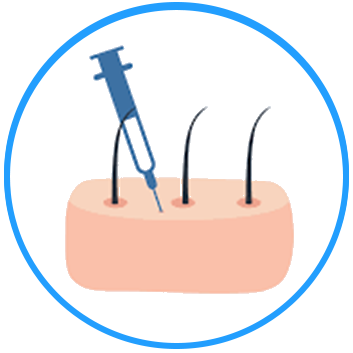
Disadvantages:
Unique Technique: The Direct Hair Implantation (DHI) technique is somewhat more intricate than basic hair transplant methods, requiring doctors and a specialized team with specific training and skills.
Limited Graft Quantity: Due to the time-sensitive nature of the procedure, DHI might not be ideal for very large graft sessions in a single sitting..
Higher Cost: The advanced technique and the expertise required a higher cost compared to other hair transplantation methods.
Extended duration of the process.: Doing DHI takes time because each graft needs to be placed very carefully.
Outcomes Based on Skill: The effectiveness of the DHI method depends a lot on how skilled and experienced the medical team is. This can result in different levels of success when different practitioners use the method.
DHI
DHI (Direct Hair Implantation) is not a new technique. In fact, it’s an improved version of FUE hair implantation, encompassing the same procedural steps and outcomes. In a FUE hair transplant, the doctor creates channels over the recipient area using sapphire blades and places the grafts into the opened channels. In contrast, the DHI method employs a tool resembling a ballpoint pen to insert the grafts into the recipient area without creating any channels. This tool is called the Choi pen.
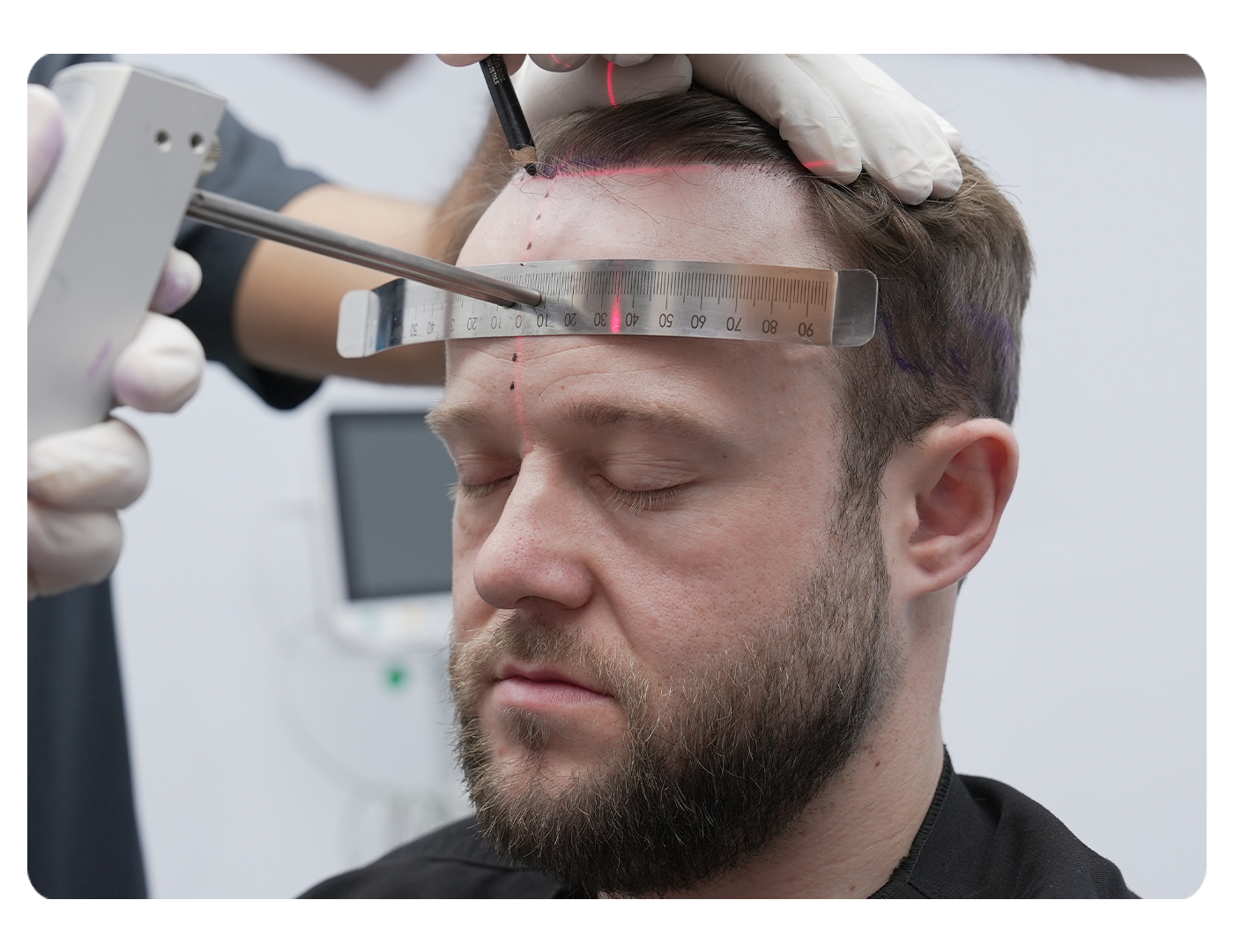
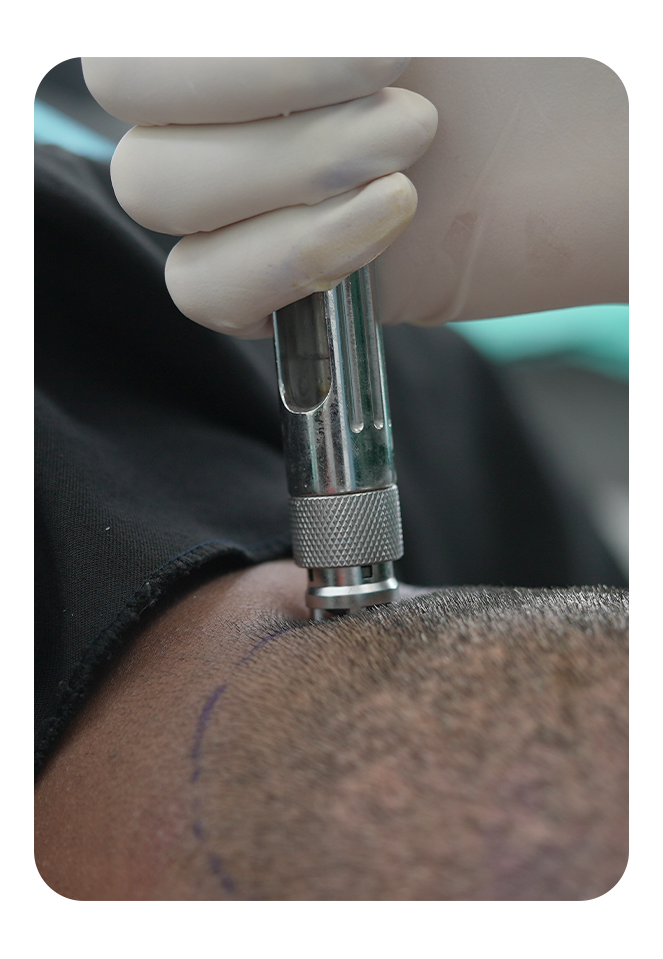
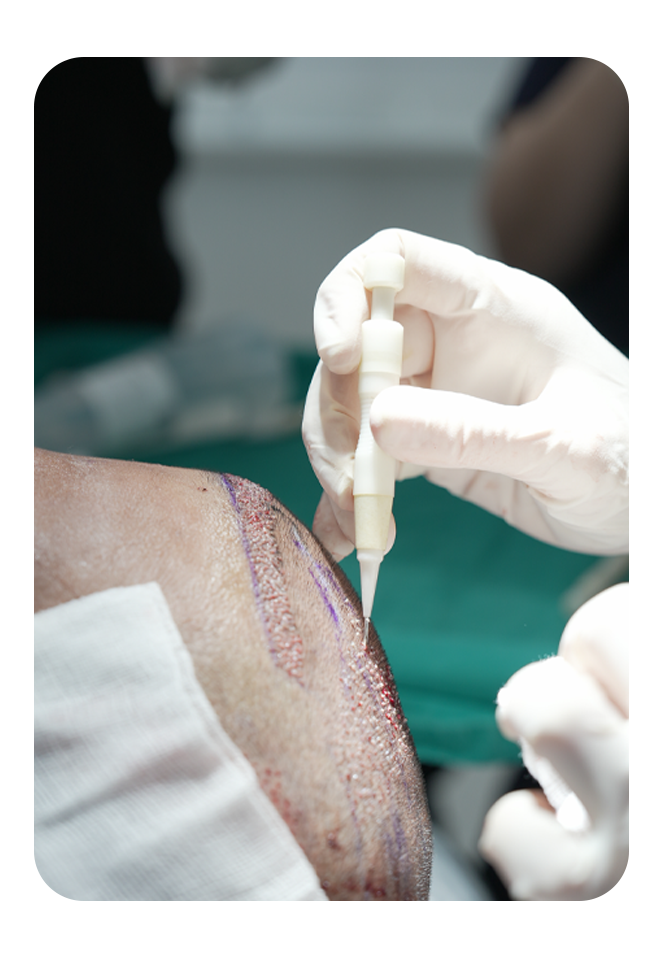
Let us examine the process of DHI. A DHI hair transplant is performed using a Choi pen during implantation. This compact device, shaped like an interlocking ballpoint pen, has an outer Teflon coating and is designed to withstand temperatures of up to 130 degrees Celsius. The needle at the end of the pen is used to place the grafts.
The needle resembles an injector but is vertical, with serrated endpoints. The serrated ends are designed in this way to facilitate the placement of hair grafts into the needle prior to the transplant.
- 1-Hairline design.
- 2-Anesthesia.
- 3-Extraction of the grafts.
- 4-Implantation of the grafts using Choi pens.
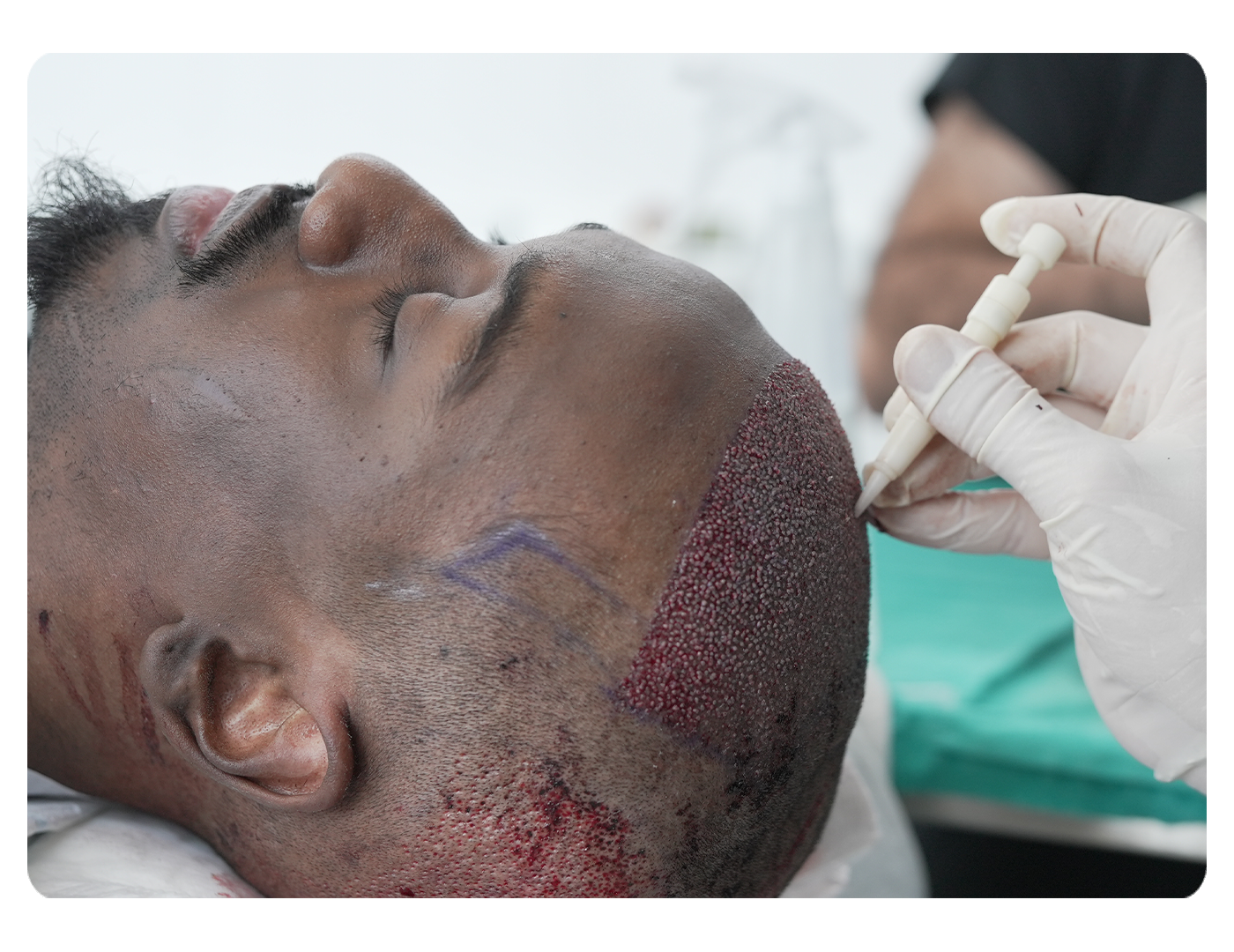
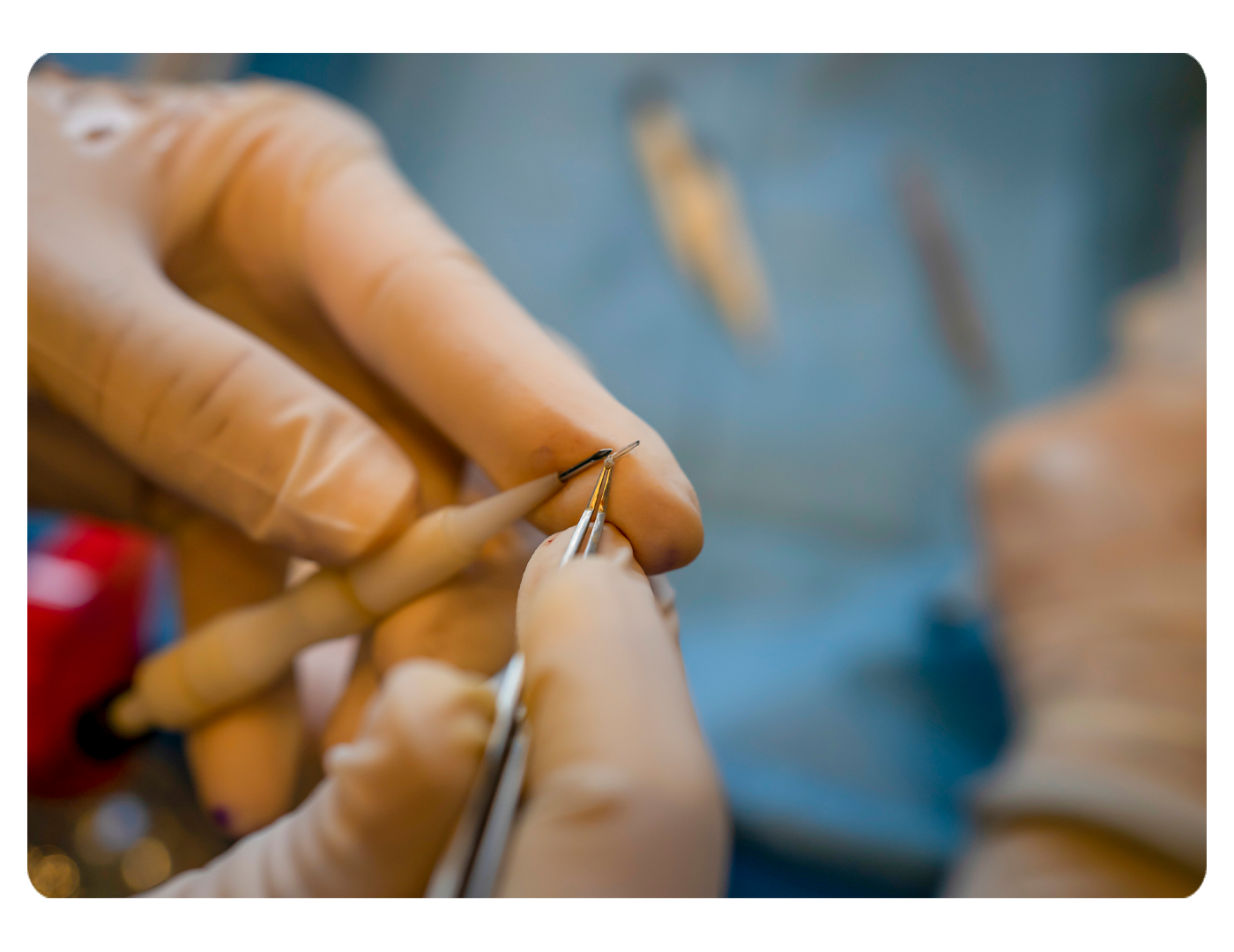
- Accurate Placement of grafts: DHI allows for precise control over the angle, direction, and depth of hair follicle implantation, resulting in a natural-looking hairline.
- Least Invasive: DHI involves minimal handling of grafts and doesn't require creation of channels on recipient areas beforehand.
- No Scalpel: The DHI technique doesn't involve scalpels, leading to less scarring and a faster recovery time.
- Higher Graft Survival: Because grafts are implanted immediately after extraction, their survival rate can be higher compared to techniques where grafts are stored before implantation.
- Suitable for Various Hair Types: DHI can be used for different hair types, including curly or wavy hair, as the precise implantation allows for natural results.
- Unique Technique: The Direct Hair Implantation (DHI) technique is somewhat more intricate than basic hair transplant methods, requiring doctors and a specialized team with specific training and skills.
- Limited Graft Quantity: Due to the time-sensitive nature of the procedure, DHI might not be ideal for very large graft sessions in a single sitting.
- Higher Cost: The advanced technique and the expertise required a higher cost compared to other hair transplantation methods.
- Extended duration of the process.: Doing DHI takes time because each graft needs to be placed very carefully.
- Outcomes Based on Skill: The effectiveness of the DHI method depends a lot on how skilled and experienced the medical team is. This can result in different levels of success when different practitioners use the method.
FREQUENTLY_ASKED_QUESTIONS
The hair grafts are extracted from the backside of the head, which we determine as between two ears and above the neck. The reason for choosing this specific area as a donor (extraction zone) is that the hair grafts in this region are genetically encoded against inherent hair fall. If the extraction process from this region is performed with better quality artistry, hair fall will never occur for a lifetime. Therefore, we take the hair grafts from the backside of the head, which we call the donor area.
The hair roots are homogeneously extracted one by one with the help of the latest technology system called the FUE method. After the process is over, the hair will never grow the place taken from since it is taken with its root, but it will not be visible since it is done with cater-corner homogeneously
After the hair transplant has been done, our medical consultant assistant will, without stint, follow the whole process with you until you achieve the best result. We will describe to you the growth process of all the hair grafts, respectively.
1-On the 10th day, the process of cleaning scabs will be done.
2-After one month, implanted hair begins to shed moderately.
3-The implanted hair enters the shock hair loss during the 2nd, 3rd, or 4th month, called the resting phase. During this process, you will face a view as if no hair transplant has been done.
4-At the end of the 4th month, the implanted roots will gradually start to grow progressively, and each month will grow faster and more hair than the previous month.
5-In the 7th month, almost 70% of the transplanted hair ultimately grows.
6-All transplanted hairs may take 12 months for the front zone and 14 months for the crown region to grow
The regrowth period of the transplanted hair may vary from person to person. It is a fact that hair roots come out earlier or later than expected, depending on a person's habits such as smoking, alcohol, drugs, and eating habits.
We, as the Long Hair Center family, care about your having a pleasant time in Turkey. Therefore, your 1 family member or friend can come with you, and there is no extra charge like hotel and airport transfer.
Before the hair transplantation, the estimated number of hair grafts is given after the evaluation of pictures by doctor. We do not want to raise expectations too much, as the pictures can often mislead hair transplant doctors. Therefore, we do not want to give you the wrong information by saying a little less than the number of grafts we can implant. However, we work with the maximum number of hair grafts in every operation. While performing this extraction process, it is done completed by paying attention to the homogenization without harming the donor area. The number of grafts is essentially determined by the size of the person's planting area and the quality of the donor area. Of course, it is imperative how many grafts will be implanted, but implantation in good health is at least as necessary as the number of grafts. The grafts are found in groups in the donor area; they will come out simultaneously if you extract and implant them with their group. But if you cut these grouped grafts, for example, if you extract a graft with three hairs, reducing the number of hair strands to 2 or 1 will not be a successful hair transplant. No matter how high the number of grafts is, it is impossible to achieve a successful planting if they are not taken in good quality.
The hair transplant operation does not have a fixed duration of time. Depending on the grafts need of a person, this time period can be extended or shortened. The higher the number of roots, the longer the operations will take, and the longer the operation time. A healthy hair transplant should take a minimum of 6 hours and a maximum of 10 hours. This is the ideal time duration for both; patient's well-being and the graft's survival period.
People who are not satisfied with their first operation results, think that it is sparse, or whose donor area is too weak to achieve that number of hair grafts (to cover all the entire bald zone in one session) can have two operation sessions. 2nd session of hair transplantation is wholly related to the quality and abundance of the hair in the person's donor area. There is no problem if the number of hair grafts is sufficient to conduct the operation of a person who will have the second operation. However, if there is too much damage in the first session and the donor area is harmed enough to extract grafts again, performing the second session operation is not recommended. It will cause more damage to the donor area. You can have more transparent information about this situation when you show your pictures or direct examination to your hair transplant doctor.
Those who cannot have a hair transplant for the second time?
1.People whose donor area is damaged too much during the first session.
2.People who do not have enough hair in their donor area to cover enough broad recipient area.

 Deutsch
Deutsch
 English
English
 français
français
 italiano
italiano
 Türkçe
Türkçe
 русский
русский
 한국어
한국어


